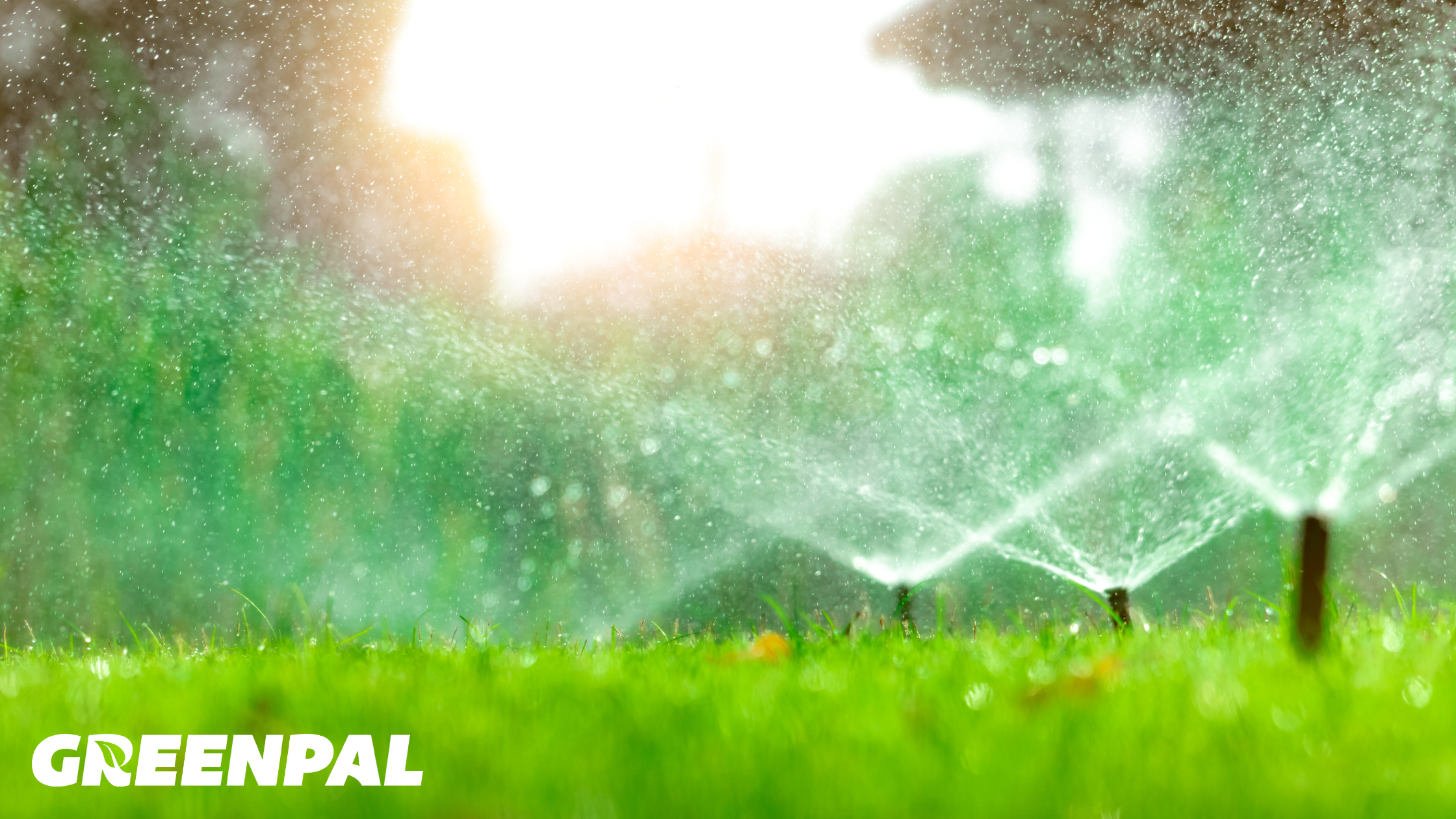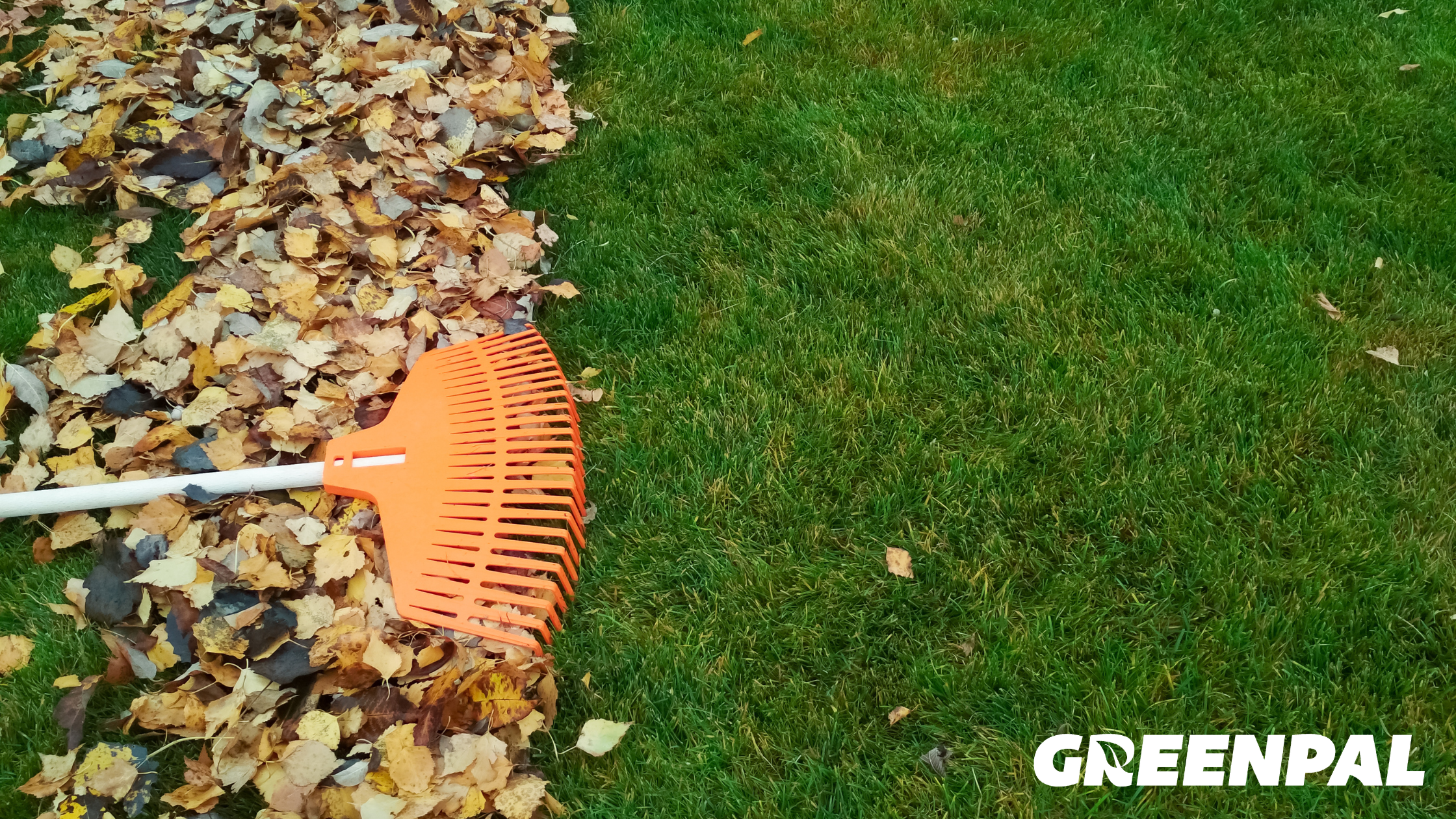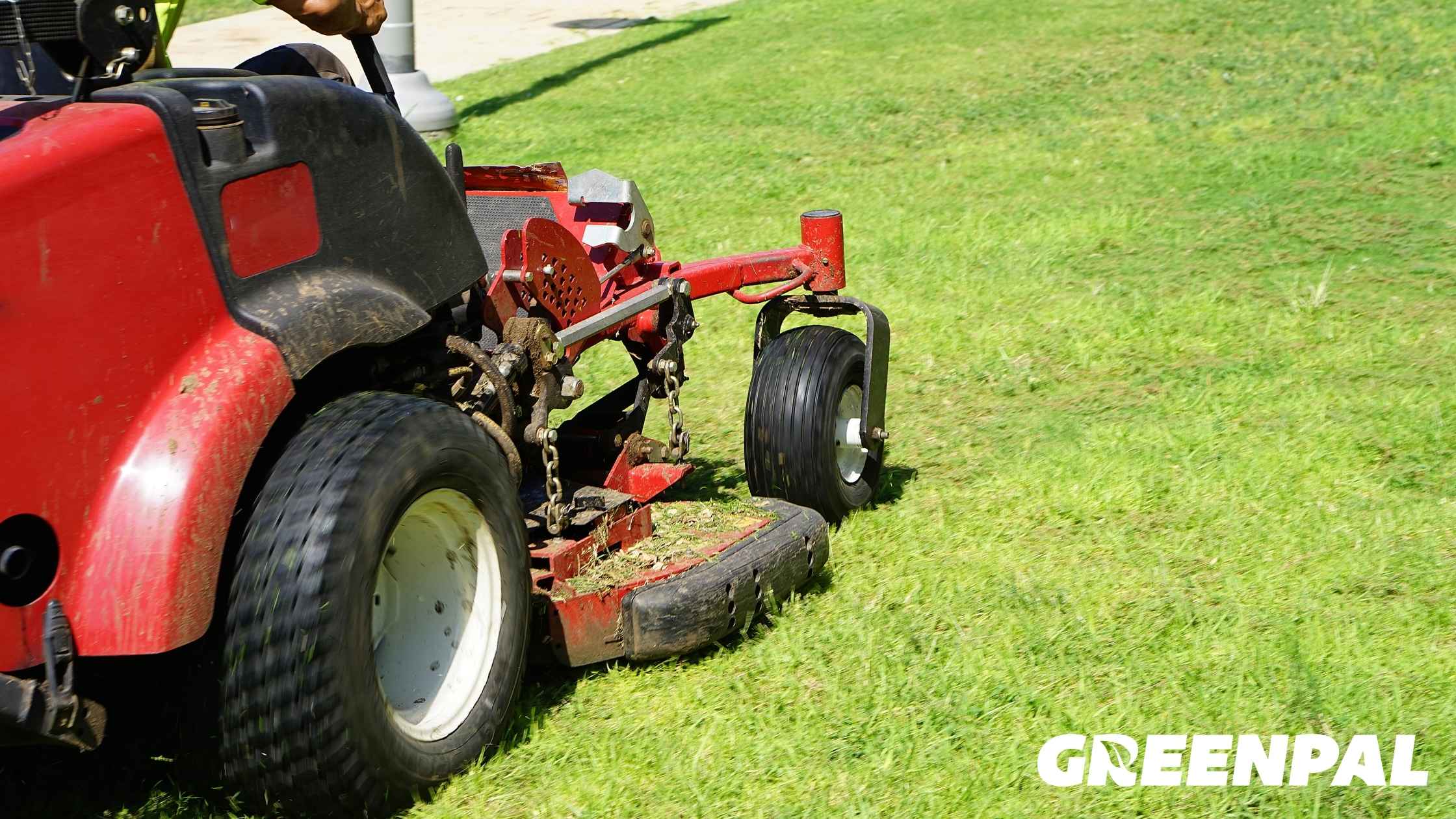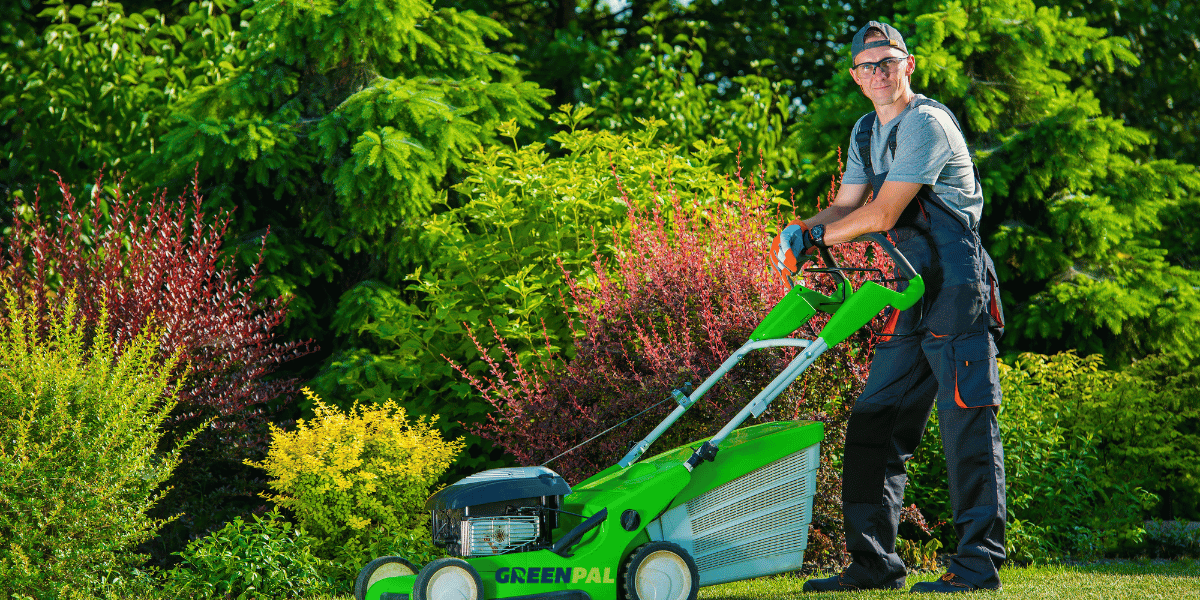 What is the One-Third Rule for Mowing Grass? | GreenPal Guide
What is the One-Third Rule for Mowing Grass? | GreenPal Guide
LawnStarter Reviews: What 8,000+ Customers Report in 2026
by Gene Caballero | January 10, 2026
LawnStarter Reviews: What Customers Actually Experience
LawnStarter shows 4.7 stars on Trustpilot from over 6,200 reviews but just 1.74 stars from BBB customers. This split reveals something important: when the platform matches you with a reliable contractor, the experience is excellent. When that match fails, their policies make problems hard to resolve.
At GreenPal, we operate a similar marketplace model connecting homeowners with lawn care professionals. We've studied what works and what doesn't in this industry. The biggest difference between platforms comes down to how they handle provider selection and what happens when service falls short.
This review analyzes 8,000+ customer experiences across six platforms to show you what LawnStarter delivers, where it struggles, and how it compares to alternatives.
What the ratings reveal across platforms
LawnStarter's ratings diverge sharply between solicited review sites and independent complaint platforms.
Platform |
Rating |
Reviews |
Key Detail |
Trustpilot |
4.7/5 |
6,266 |
Company replies to 88% of negative reviews |
Shopper Approved |
4.8/5 |
1,145 |
Reviews solicited from customers |
BBB Customer Reviews |
1.74/5 |
340 |
256 complaints filed in 3 years |
Sitejabber |
2.9/5 |
1,777 |
0% positive reviews in last 12 months |
PissedConsumer |
1.7/5 |
69 |
Complaint-focused platform |
The Better Business Bureau flags LawnStarter for a "pattern of complaints" and notes the company "has failed to resolve underlying cause(s)" of recurring issues. The platform lacks BBB accreditation despite operating since 2013.
Sitejabber data shows the most troubling trend: while 68% of lifetime reviews are five-star, zero percent of reviews from the past 12 months are positive. Either service quality declined or satisfied customers stopped leaving independent reviews.
When LawnStarter works well
Customers who match with reliable contractors consistently praise three aspects.
App convenience and scheduling: Vishall Kaistha wrote on Trustpilot in January 2026: "Awesome services and the most competitive prices I was able to find. I love that you can adjust services as needed through the app, and that you guys provide so many helpful notifications as well."
Lisa H. added in December 2025: "Super easy to schedule my biweekly lawn service and communicate with my provider. Service date changes are easy to take care of as well."
Individual provider quality: Jacob F. praised his contractor: "Jarryd did a great job every time he came out to mow our lawn. He would always show up earlier than expected... He did an excellent job!"
Jeff M. shared on BBB: "I have used LawnStarter for the last eight months to keep the lawn and bushes of my late brother's home neatly trimmed. I have had no issues with LawnStarter, and I can vouch for the excellent quality of their services."
Competitive pricing: Multiple reviewers note LawnStarter's pricing beats traditional lawn care companies, especially with the promotional $19 first mow.
The pattern is clear: satisfaction depends almost entirely on which contractor the algorithm assigns you.
Six problems customers report most often
Negative reviews cite remarkably consistent issues across all platforms.
The five-day dispute window
Customers have only five days after service to dispute charges. This window often closes before customers even notice problems.
Laura D. reported on Sitejabber: "I'm paying for mowing every 2 weeks at my brothers house while he is ill... The city of Reynoldsburg sent an invoice for nuisance grass stating the grass was 22 inches long on 8/7/2025... Lawnstarter says I only have 5 days after the mowing to dispute the charges and will do nothing about it."
At GreenPal, we don't impose dispute windows. If there's an issue with service quality, we work to resolve it regardless of timing.
Charges for unperformed services
Multiple customers report contractors marking jobs complete with photos while work wasn't actually done.
Tracy Conboy wrote on Trustpilot: "Scam scam run like ..I canceled service 3 years ago there still charging my credit card.. I live in Colorado and they charged my CC 3 times this month won't give refund..its winter no one mows in winter."
Scheduling unreliability
Aaron T. shared on Sitejabber: "They say they are coming on certain dates, then reschedule you over and over. When you complain they switch you to another lawn service that does the same thing."
Contractor quality inconsistency
D.J. from Georgia wrote: "LawnStarter does not vet its 'pros'. One 'pro' mutilated my yard with a push mower then left the clippings loose in my trash bin... My yard went from beautiful to a brown eyesore."
The algorithm assigns contractors based on availability and location. You can't see who you're getting until after booking.
Limited customer service
One BBB reviewer noted: "Every time I contacted them I got different explanation or answer, and no one seemed to have a clear idea of what was going on. It felt like I was starting from scratch with every conversation."
Three-service minimum
New customers must commit to three visits before gaining flexibility to pause or cancel service. This prevents you from canceling after a single bad experience.
How LawnStarter pricing and services work
LawnStarter connects homeowners with local contractors through an algorithm-based marketplace. The company takes up to 20% commission from provider earnings.
Typical pricing:
Service Type |
Price Range |
First mow (promotional) |
$19 |
Regular mowing |
$39-55 per visit |
Quarter-acre yard |
$29-65 per mow |
Monthly maintenance |
$100-410 |
The platform measures lawn size using satellite imagery and provides instant pricing. A long grass fee applies if your lawn exceeds nine inches, potentially doubling the first service cost.
Services offered include:
Core lawn care: mowing, edging, blowing, weed control, fertilization, aeration, overseeding
Landscaping: bush trimming, bed maintenance, leaf removal, mulching, planting
Additional: tree trimming, gutter cleaning, pressure washing, pest control
LawnStarter charges a $15 cancellation fee if you cancel within 24 hours of scheduled service. The company offers a "Done Right Guarantee" for issues reported within five days and claims $2 million in property protection coverage.
The platform accepts only the top 3% of applicant contractors after vetting and background checks.
LawnStarter vs GreenPal and alternatives
The lawn care marketplace offers several models with different tradeoffs.
Feature |
LawnStarter |
GreenPal |
Lawn Love |
TruGreen |
Provider selection |
Algorithm assigns |
You choose from bids |
Algorithm assigns |
Direct service |
Typical mowing price |
$29-65 |
$25-90 (bid-based) |
$29-65 |
No mowing |
Provider commission |
Up to 20% |
5% |
15-20% |
N/A |
Services offered |
25+ services |
Mowing + snow only |
12+ services |
Lawn treatments only |
Minimum commitment |
3 services |
None |
Prefers recurring |
Annual plans |
Trustpilot rating |
4.7/5 |
4.6/5 |
4.5/5 |
4.0/5 |
BBB rating |
C (not accredited) |
B+ (not accredited) |
Not listed |
A+ |
Coverage area |
3,000+ cities |
250+ markets, 45 states |
41 states |
Nationwide |
How GreenPal differs:
We use a competitive bidding model. When you request service, multiple local providers send you quotes, typically five within 24 hours. You see each provider's pricing, ratings, reviews, and experience before choosing.
Our 5% commission versus LawnStarter's 20% creates stronger provider incentives. Lower overhead often means lower prices for you through competitive bidding.
The tradeoff: we focus exclusively on mowing and snow removal. We don't offer the 25+ services LawnStarter provides. If you need extensive landscaping, gutter cleaning, or pest control, LawnStarter's breadth may serve you better.
We also don't impose service minimums or dispute windows. If you're unhappy after one mow, you're free to try a different provider or pause service entirely.
Other alternatives worth considering:
Lawn Love was acquired by LawnStarter in 2021 and operates with similar structure and pricing. It maintains approximately 4.5 stars across review platforms.
TruGreen represents the traditional direct-service model, specializing in lawn treatments rather than mowing. Annual costs range from $450-2,000. They hold an A+ BBB rating but receive mixed reviews on service consistency.
Local lawn care companies remain viable if you prioritize direct relationships and flexibility, though with less price transparency and technological convenience.
Company background and market position
LawnStarter was founded in 2013 in Washington, D.C. by Steve Corcoran (CEO), Ryan Farley (CMO), and Jonas Weigert. The company graduated from Techstars Austin in 2014 and relocated headquarters to Austin, Texas.
Total funding exceeds $35 million from investors including Edison Partners, Lerer Hippeau, and Gary Vaynerchuk. The company achieved profitability in 2023, its tenth anniversary, and remained profitable in 2024 while surpassing $100 million in bookings.
LawnStarter employs approximately 400+ people across six continents and claims to have served over 3 million customers in 34,000+ neighborhoods. The company acquired competitor Lawn Love in 2021.
The U.S. lawn care market totals $60-110 billion depending on scope, growing at 4-6% annually. LawnStarter operates as the largest digital marketplace in this space, though traditional companies like TruGreen command larger overall revenues.
Bottom line: What to expect
LawnStarter delivers genuine innovation when the system works correctly. Instant satellite-based pricing, easy app management, and access to 25+ services through a single platform represent real convenience in a fragmented industry.
The platform's structural design creates predictable problems. The 20% commission pressures provider economics. The algorithm-based matching removes your choice. The five-day dispute window limits recourse. The three-service minimum creates captive customers.
You should consider LawnStarter if:
You value convenience over control
You need services beyond basic mowing
You're willing to escalate issues quickly within five days
You're prepared to request provider changes if initial matches disappoint
GreenPal works better if:
You want to choose your own provider from multiple bids
You prefer lower prices through competitive bidding
Basic mowing and snow removal meet your needs
You value flexibility without service minimums
For a detailed comparison of how these platforms differ, read our GreenPal vs LawnStarter analysis.
Ready to try competitive bidding for lawn care?
At GreenPal, we believe you should choose your lawn care provider, not have one assigned by an algorithm. Get free quotes from multiple vetted professionals in your area and compare pricing, ratings, and reviews before deciding.
Visit YourGreenPal.com to request quotes in under 60 seconds. No commitments, no service minimums, and no dispute windows. Just transparent pricing and the freedom to choose who maintains your lawn.

 Signs It's Time to Switch Lawn Care Companies (And How to Do It)
Signs It's Time to Switch Lawn Care Companies (And How to Do It)
by Gene Caballero | December 09, 2025



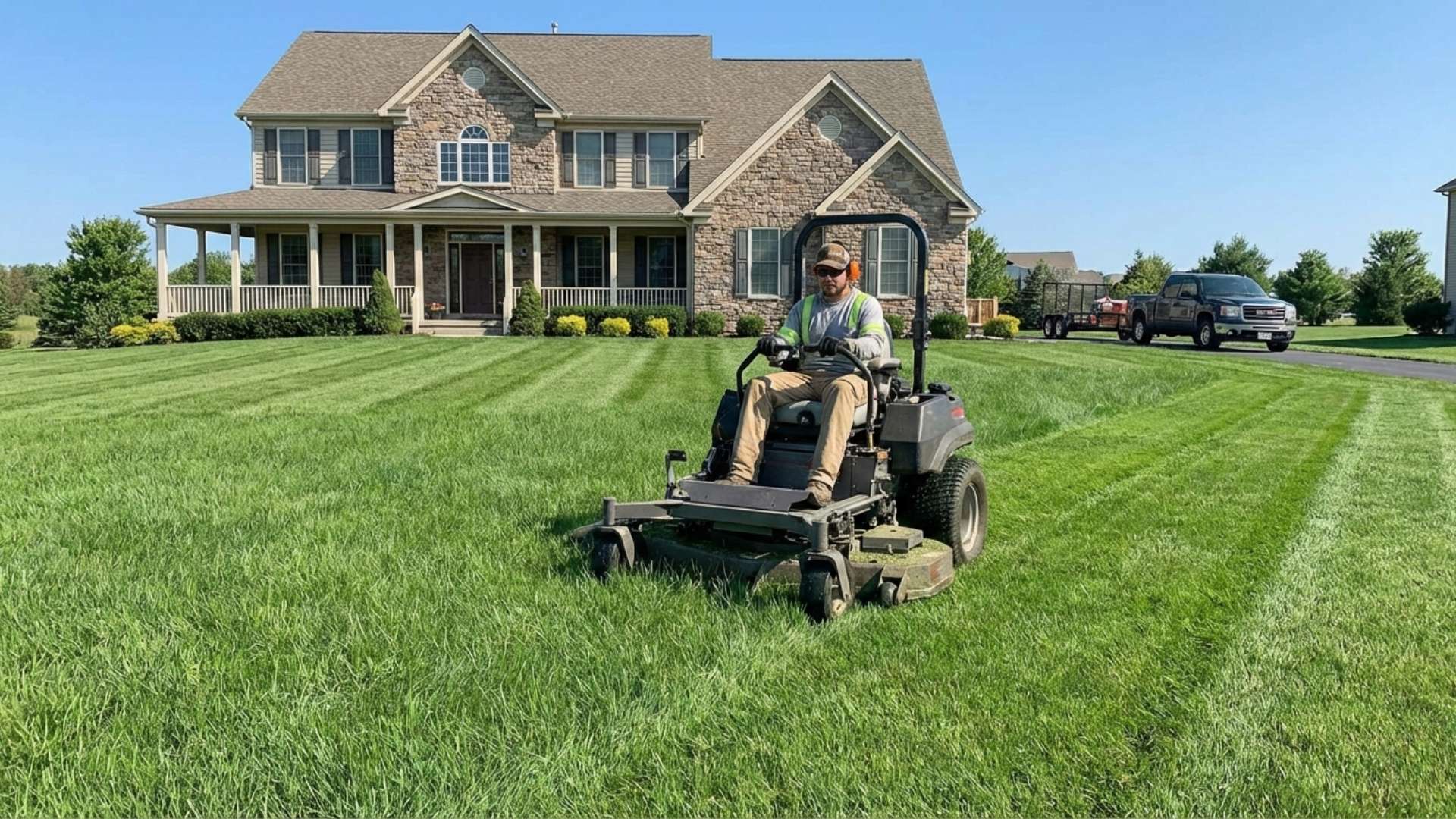
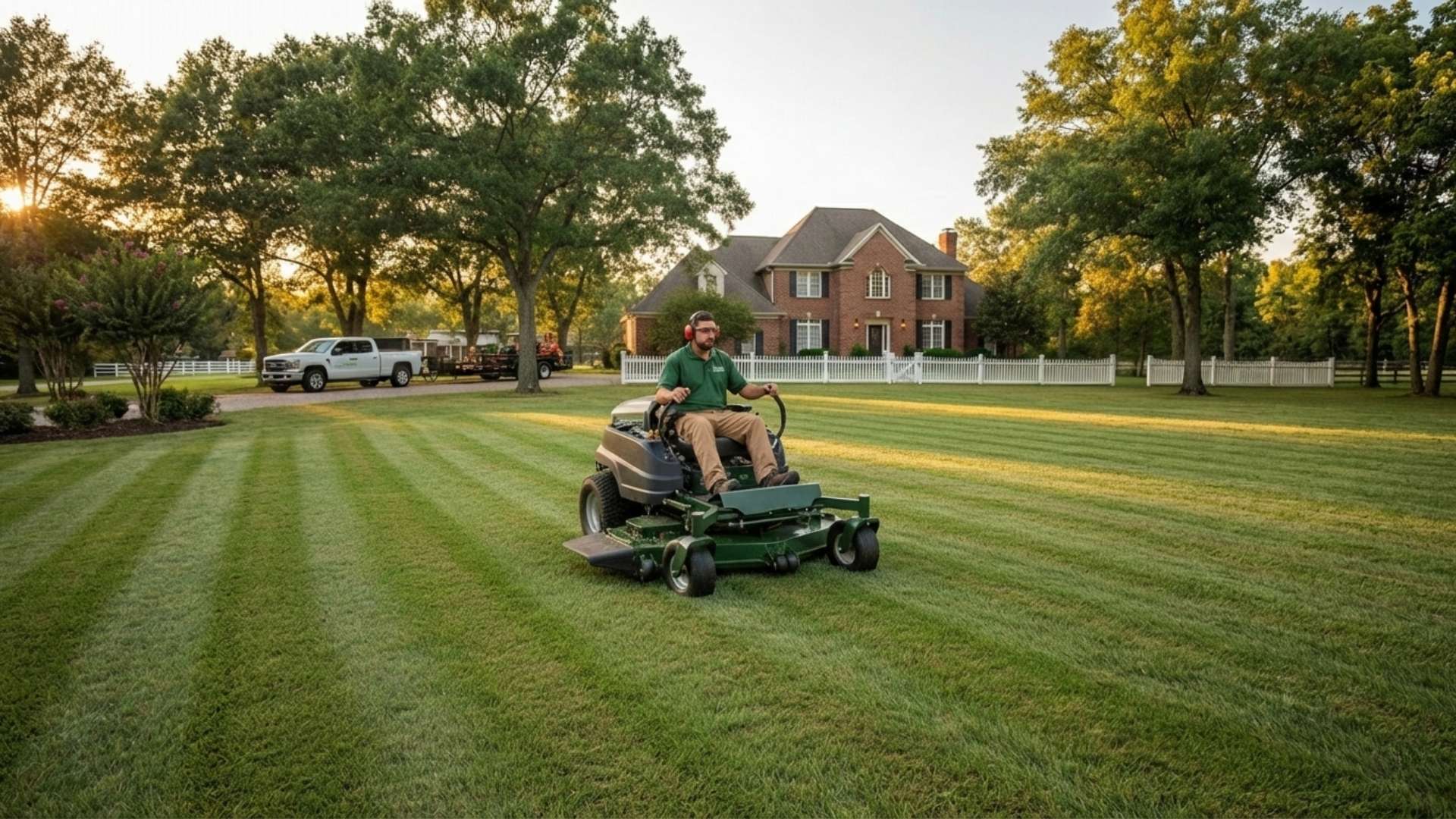
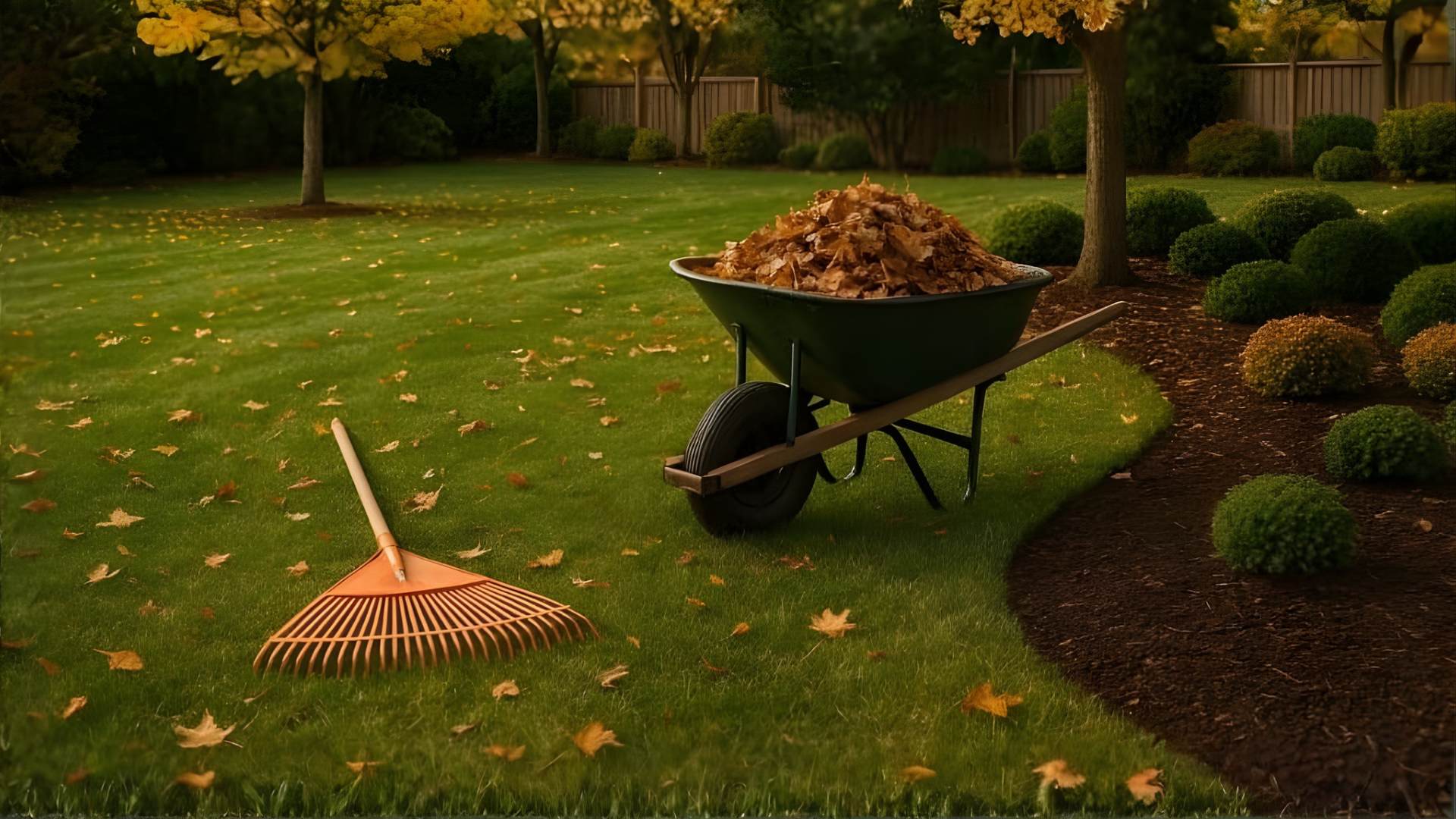
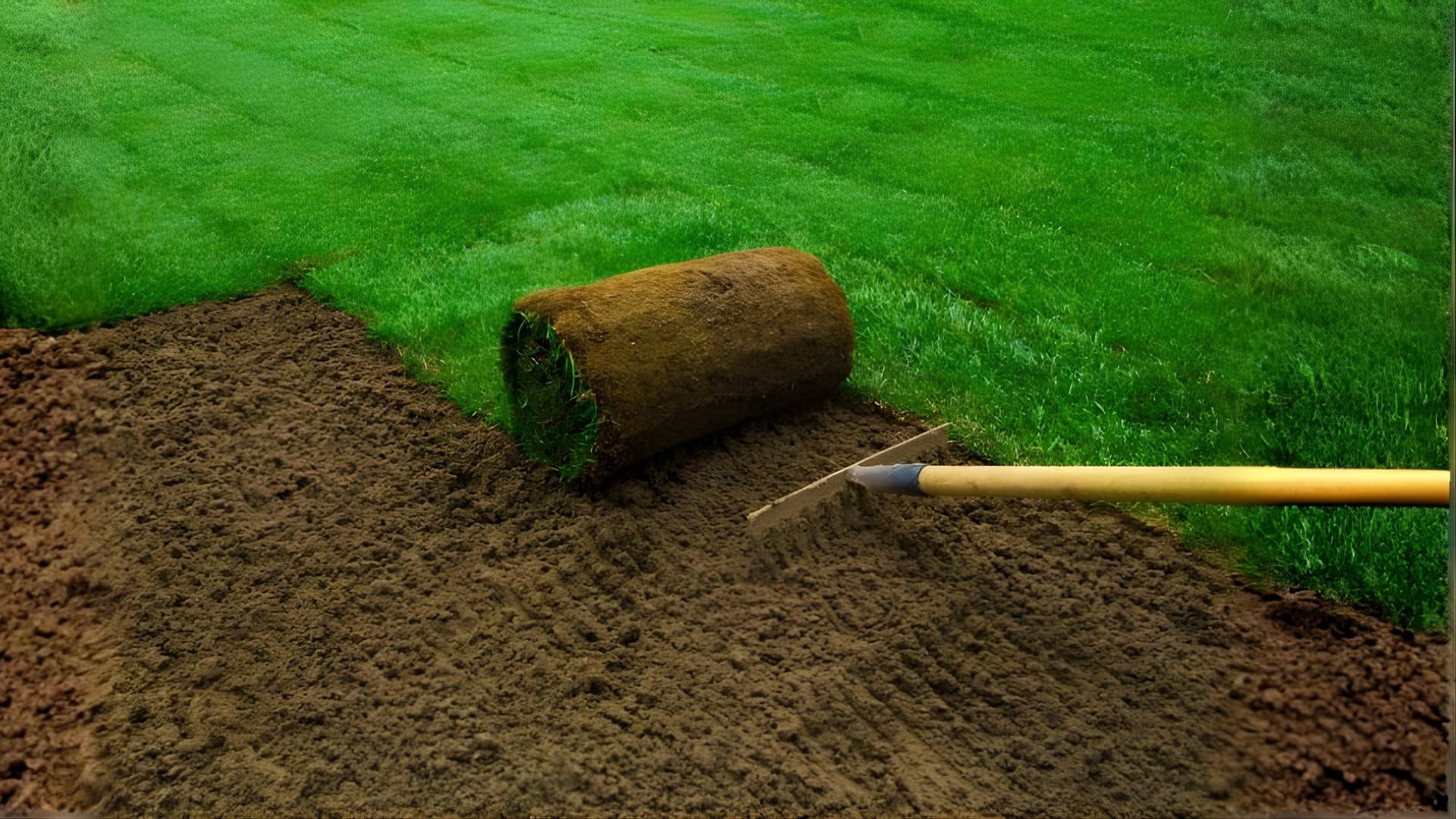



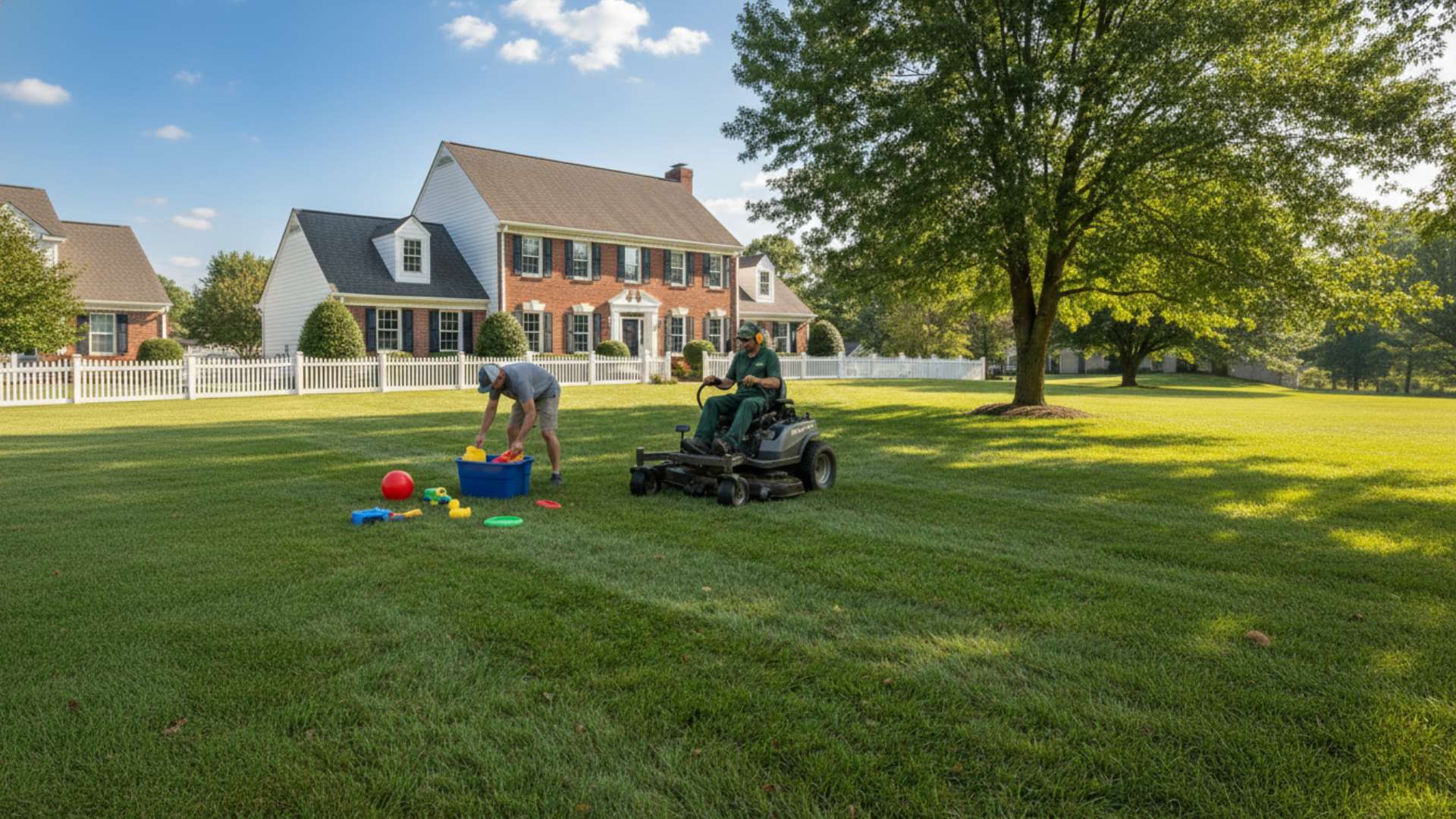



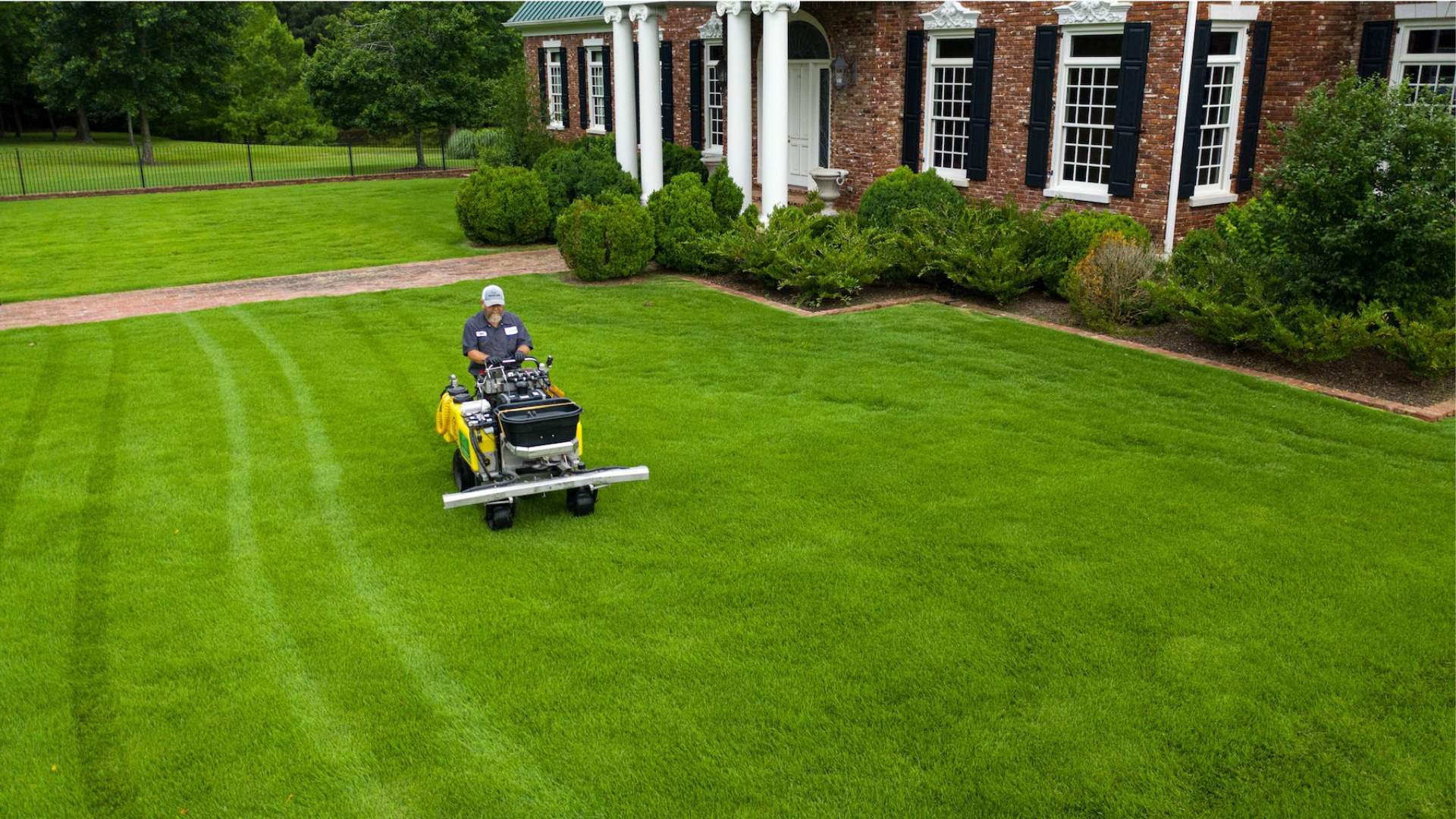


![Lawn Care Cost in Kissimmee, Florida [2025] By Greenpal](https://greenpal-production.s3.amazonaws.com/lsm7cy3hek1qf2tvpehbg526nb4w)





![Lawn Care Cost St. Augustine, Florida [2025 Data] By Greenpal](https://greenpal-production.s3.amazonaws.com/szjpjj3avketcx1hhkdwdu4n1qzf)
![Lawn Care Cost in Jacksonville, Florida [2025 Data] By Greenpal](https://greenpal-production.s3.amazonaws.com/0ux9xyu958epn48gdtv4njzl5j2y)



